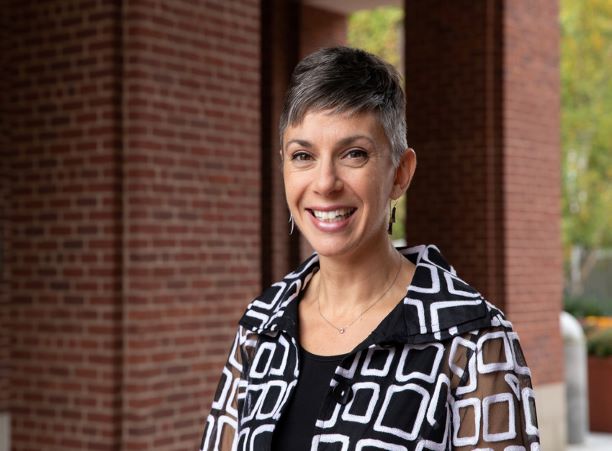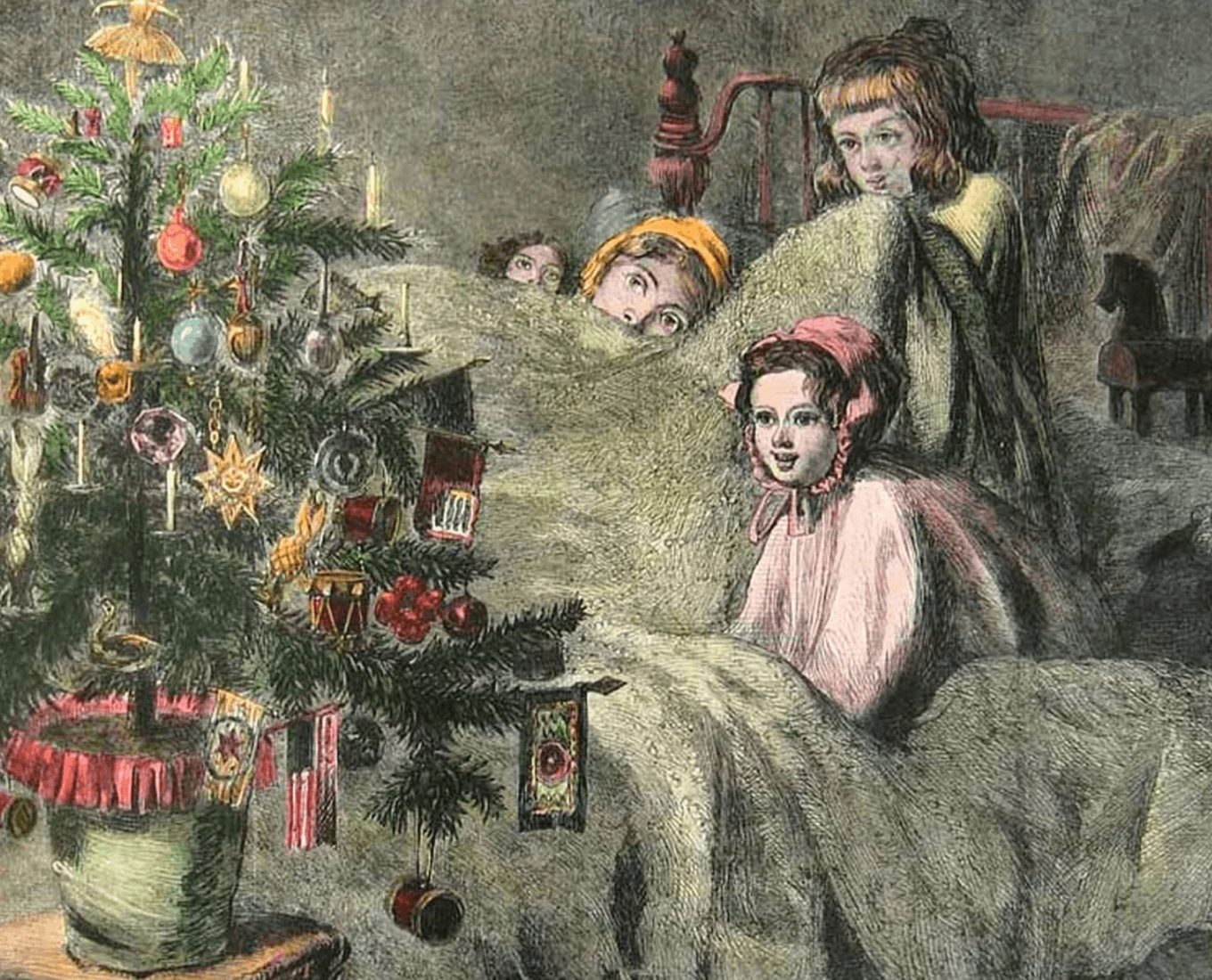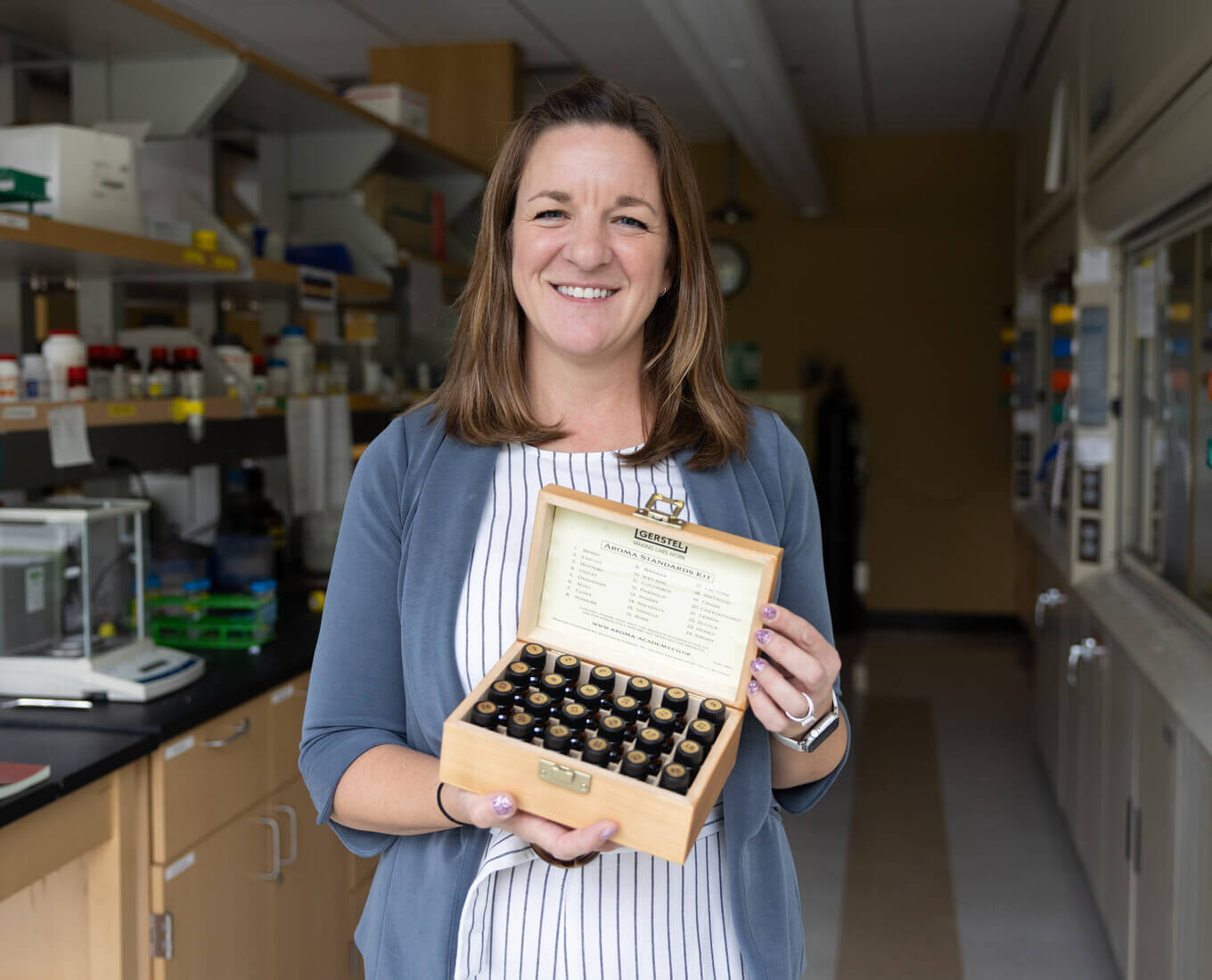
The coronavirus pandemic is likely to have long-lasting effects on aspects of society far beyond what we typically think of as public health — are New York City's streets and sidewalks one of them?
In a piece for The Conversation, Amy D. Finstein, assistant professor of architectural history in the visual arts department at Holy Cross, says New York's streetscape could be in for big changes, and not for the first time.
Throughout its history, New York has re-imagined its streets to adapt to societal changes, constructing elevated highways and walkways in response to the development of the train and the automobile, and the pedestrian deaths that came with them. The need for more personal space during the pandemic, including accommodations for more outdoor seating for restaurants, could drive other innovations, Finstein says.
"The pandemic has quieted both pedestrian and vehicle traffic, stimulating a bolder reconsideration of how streets should be used – at least temporarily," Finstein writes. "As my research on transportation and urban history shows, the city has a long history of considering audacious designs to tame urban chaos."
Finstein's piece, originally published at The Conversation, has also been published by US News & World Report and Fast Company.
How will COVID-19 Reshape New York City’s Streets? A Holy Cross Professor Examines the History
The Conversation
Read Time
1 Minute

